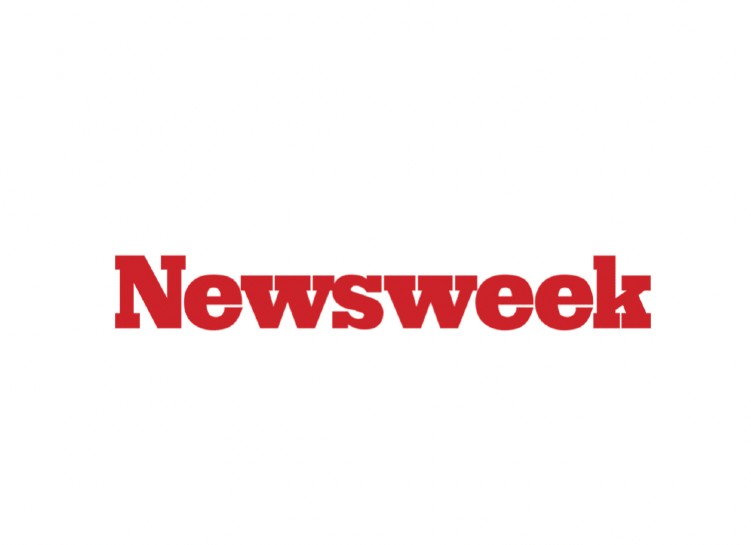The first three "nodes" of the conspiracy-theory network known as QAnon arose in 2018 in the persons of founders Tracy Diaz, Paul Furber and Coleman Rogers. They had figured out how to profit from promoting the posts of "Q," a mysterious figure claiming to have inside information on a mass arrest, undertaken with the blessing of Donald Trump, that nabbed Hillary Clinton and others for running a pedophile ring. They interpreted, analyzed and amplified Q's cryptic ramblings of a massive Satanic child-sex-trafficking, blood-drinking cult run by prominent Democrats, among other dubious stories, on YouTube, Reddit, Facebook, Instagram, 8chan and other social media outlets. Over several years, they racked up hundreds of millions of "follows," "likes," and "shares"—each connection extending their reach outward, like spokes in a wheel, to new followers, each of whom became another node in the network.
QAnon is now a firmly entrenched and quickly growing force of disruption in the American information landscape. President Trump, perhaps QAnon's most influential promoter, had as of August retweeted or mentioned 129 different Twitter accounts associated with QAnon, according to non-profit research group Media Matters for America. QAnon distributes conspiracy theories and other forms of disinformation and foments violence. In the "Pizzagate" episode in 2016, a man burst into Cosmic Pizza in Washington, D.C., firing an AR-15 assault rifle, to rescue child sex-slaves (only to find people eating pizza). QAnon believers have committed at least two murders and a child kidnapping, set one California wildfire ablaze, blocked a bridge by the Hoover Dam, occupied a cement plant in Tucson, Arizona, and plotted to assassinate Joe Biden. One man now facing charges for plotting the kidnapping of Michigan governor Gretchen Whitmer posted QAnon conspiracy theories on his Facebook page.
Neil Johnson, a George Washington University physicist, agrees. "This is a problem that's bigger than the individuals in these communities, and bigger than any effort of a platform to control it," he says. "It's a huge challenge, and it absolutely requires new science to deal with it."
Johnson and Trammel are part of a cadre of scientists who are at the forefront of efforts to map QAnon and understand how it works. The explosion of disinformation that has upended American life and now threatens its democratic institutions has given rise to a new branch of science called "infodemiology." Inspired by epidemiology, the study of how diseases spread through a population, infodemiology seeks to understand how misinformation and conspiracy theories spread like a disease through a free-wheeling democracy like America's, with the ultimate goal of understanding how to stem its spread.


